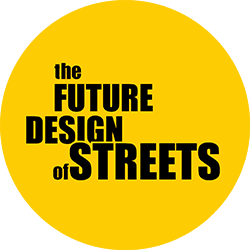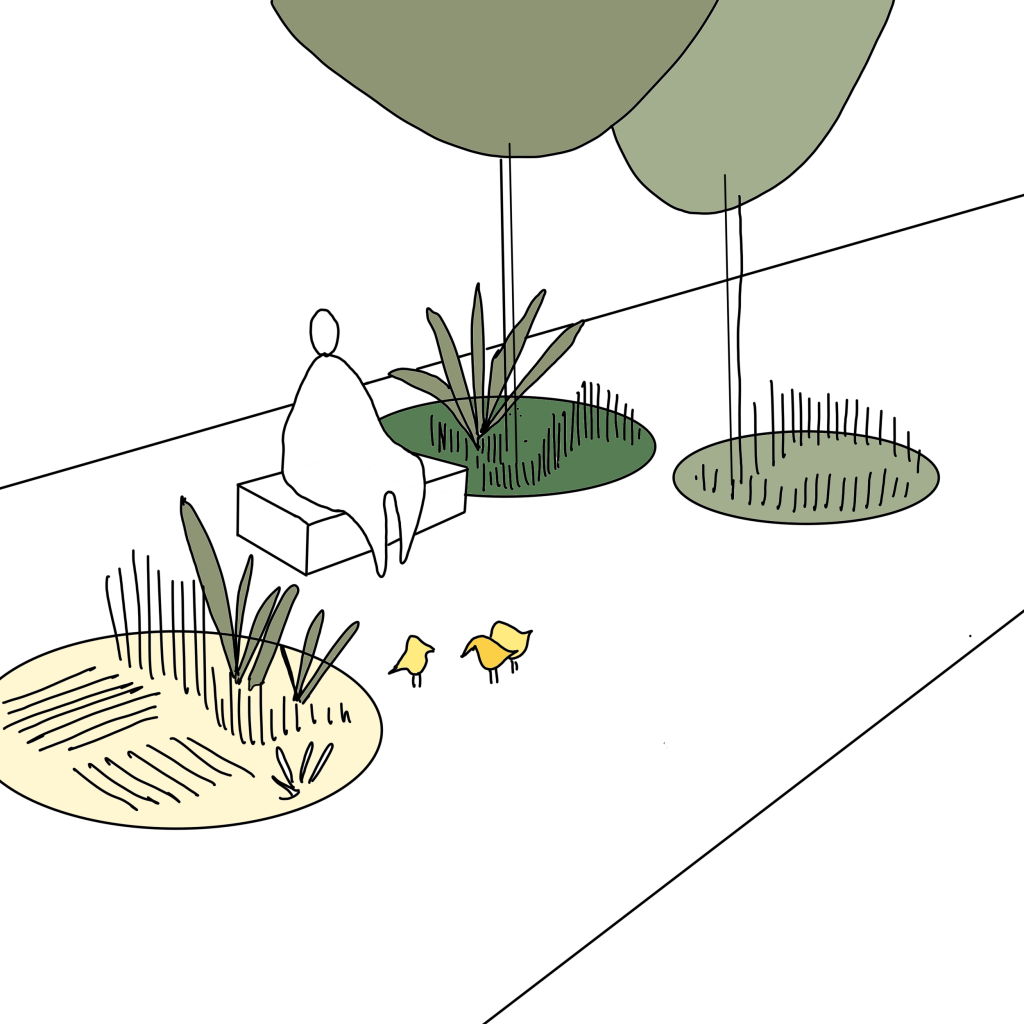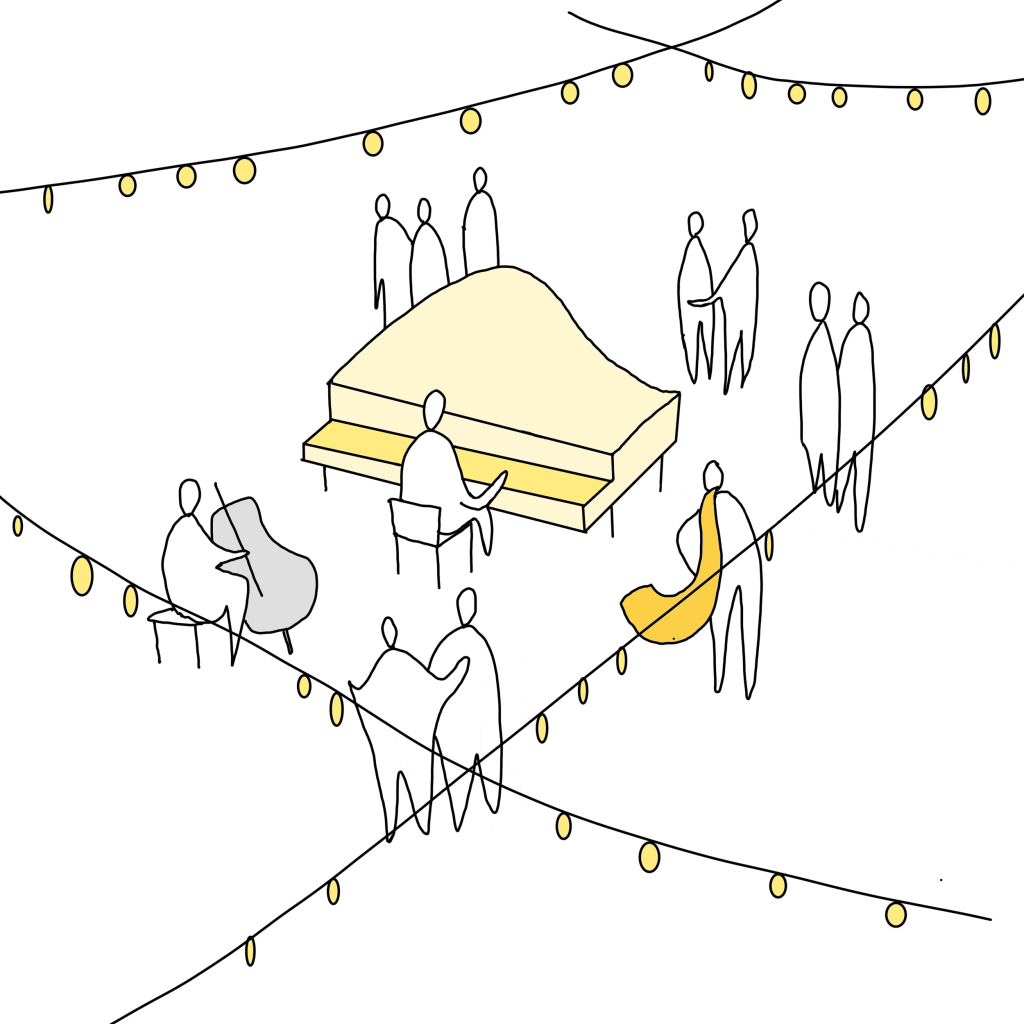ACTIVITIES
I mean actually largely remove the cars and reintroduce elements of life: conviviality, interaction, social life, play, culture, commerce, exchange, whatever you think the streets are about.
Dan Hill
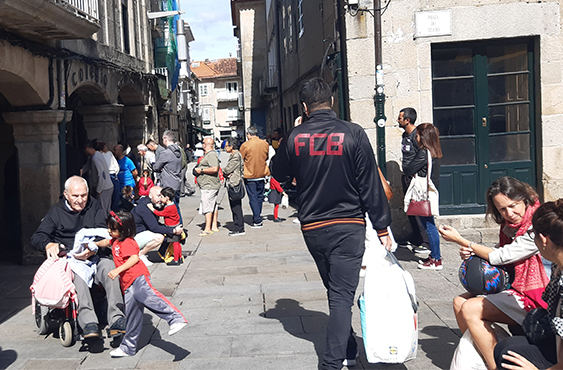
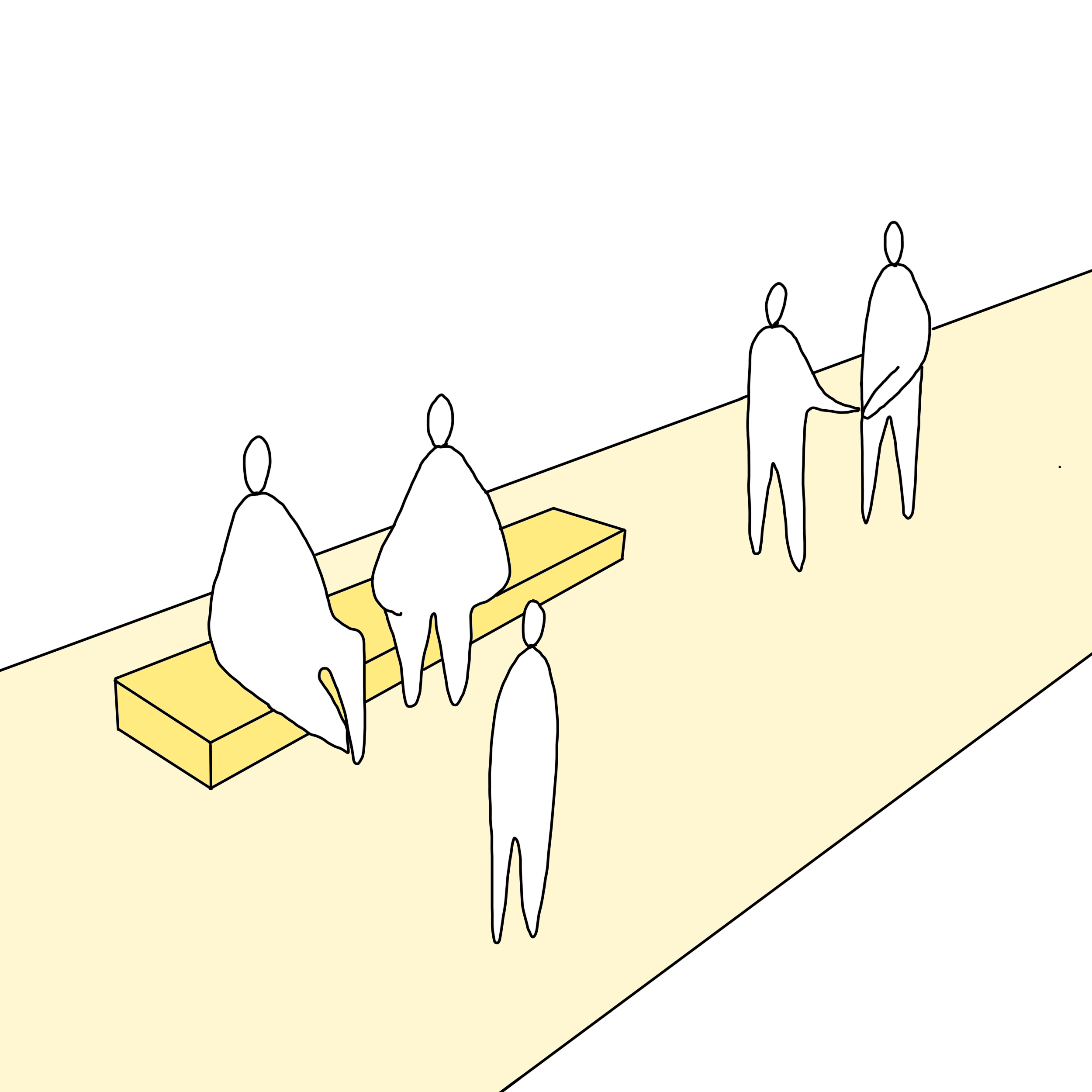
A PLACE TO STAY
Streets are part of the public space and are therefore spaces of social interaction, to meet others, to gather and to stay. Streets are places of exchange and friction.
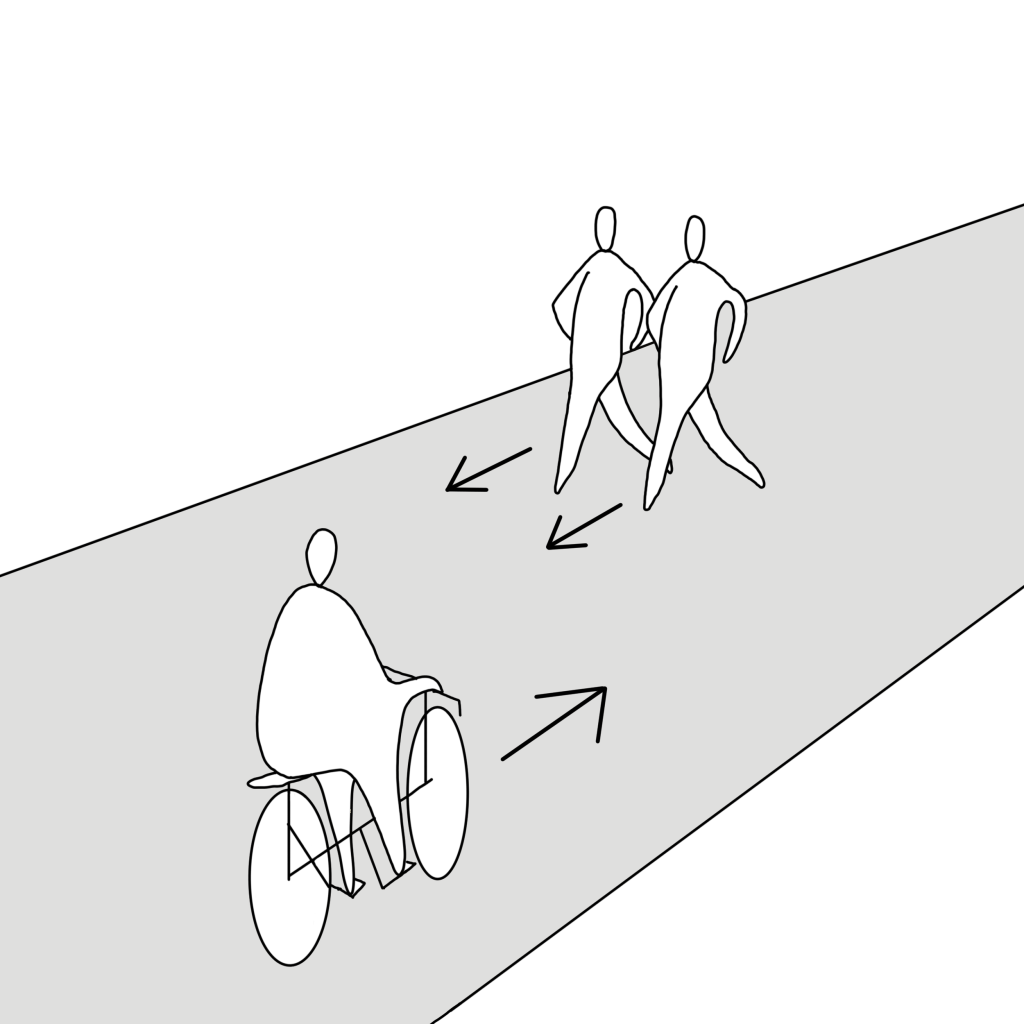
A PLACE TO MOVE
Streets are important spaces for all kinds of mobility movements and flows. Main streets combine larger – city or regional – mobility flows with local accessibility. Residential streets serve local accessibility for pedestrians, cyclists, and car drivers/passengers.
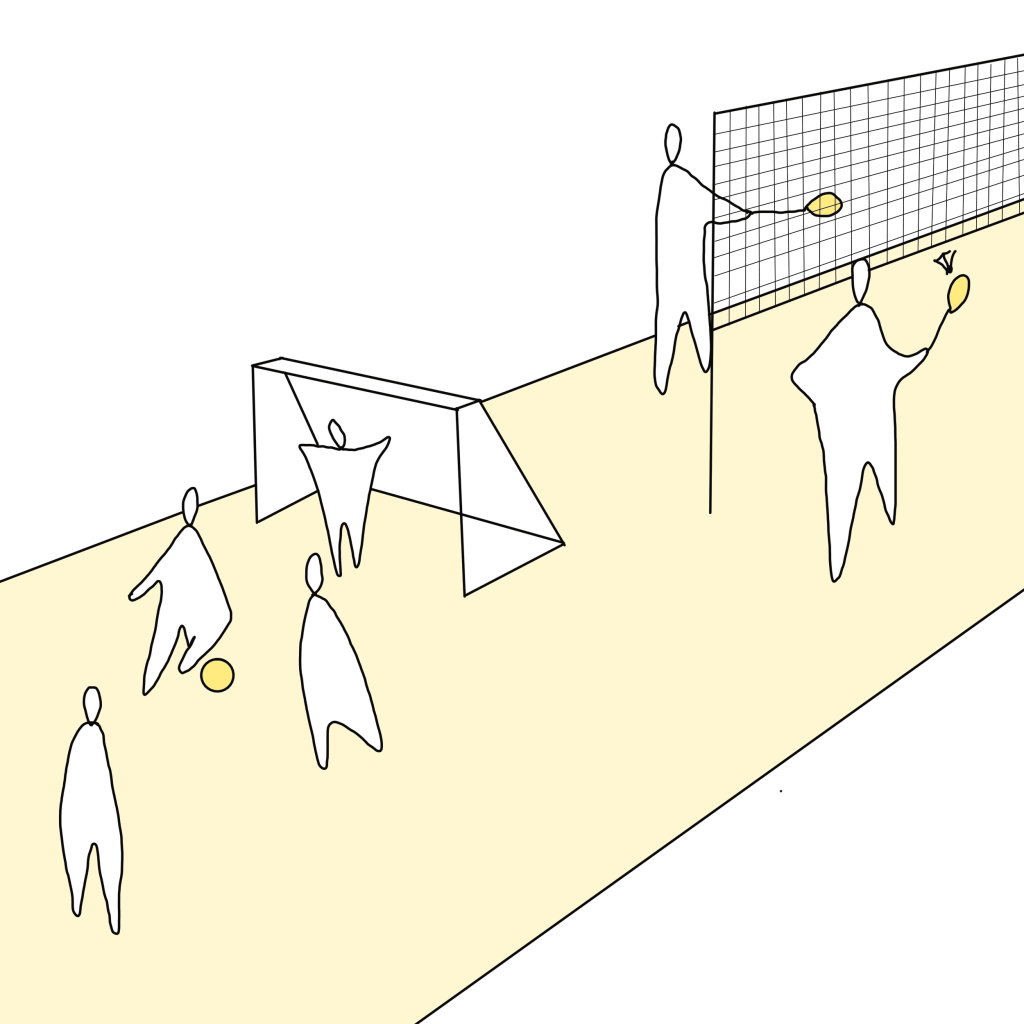
A PLACE TO PLAY&SPORT
Street networks form the largest sports space in many cities. Although not designed and organised for sport, streets can easily be used for running and cycling. With some street adaptation, many spaces can temporarily be transformed into play and sport fields.
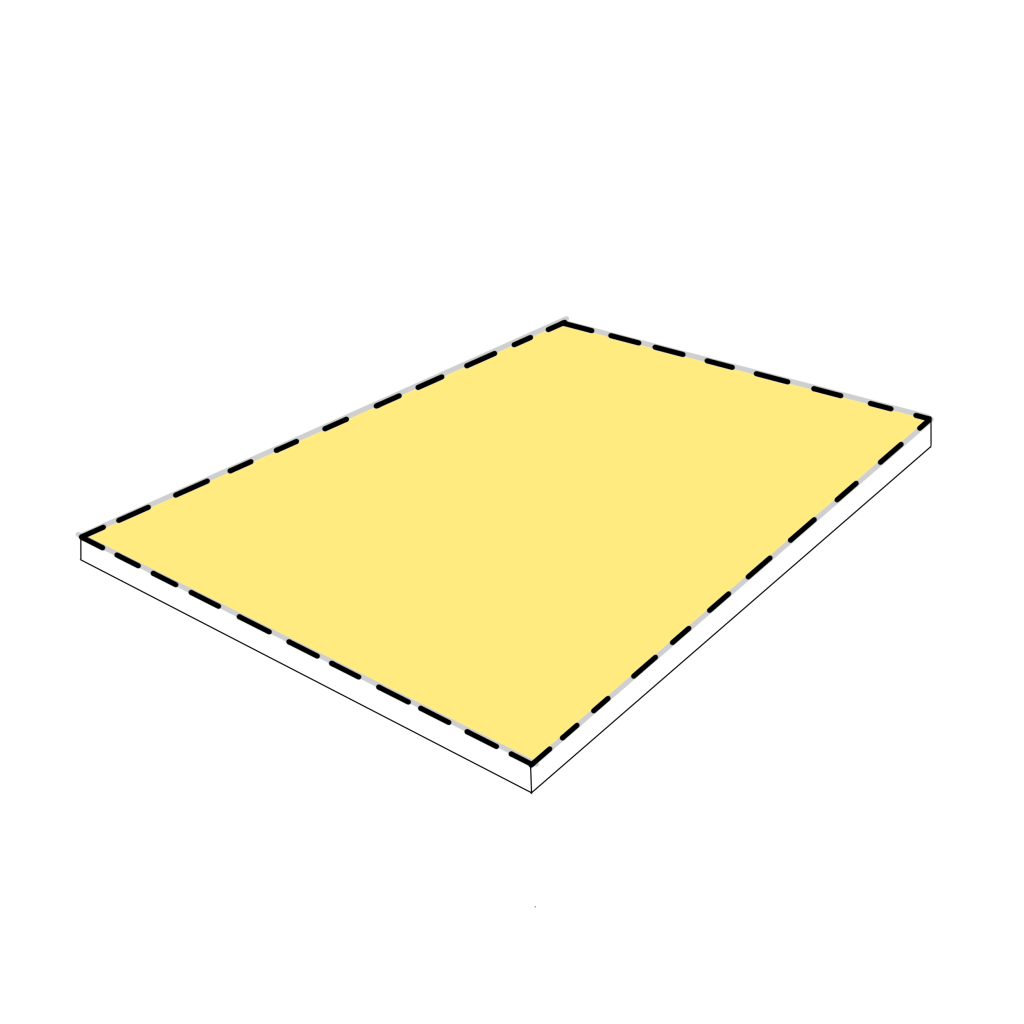
A PLACE TO …
Streets form a platform for urban life. It is the public space for regular, common, daily activities, of all kinds. The spectrum of possibilities is endless. Street designs that have a certain degree of flexibility and adaptability can offer spaces for, up to this moment, unknown activities.
